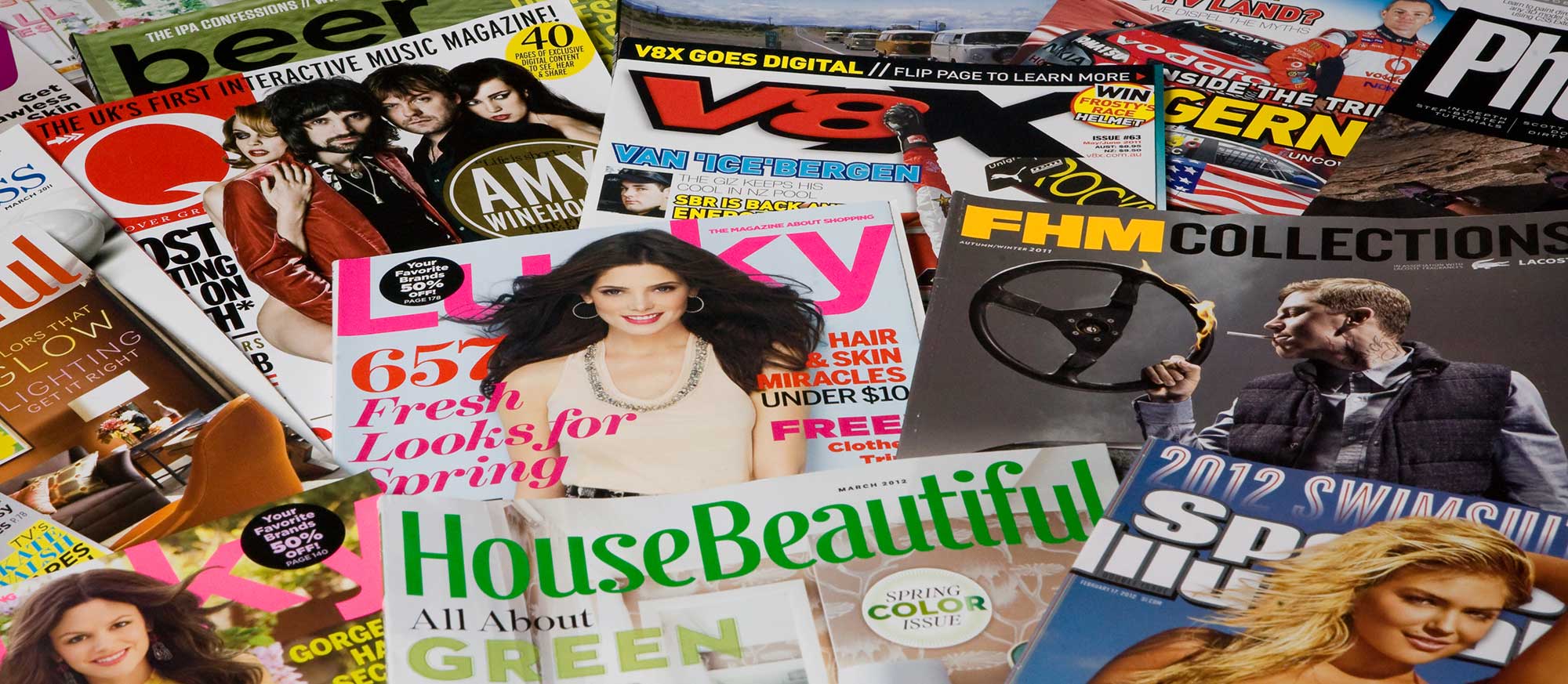Posted January 15, 2016
Ready for a press run? How to test your images.
BY Geoffrey Karr

For users of the Digimarc Barcode Manager to enable interactive printed images.
As you get artwork ready for watermarking, and subsequently a press run, you have to ask yourself "How do I know it'll work"?
There are 3 items/interactions that effect the readability of your watermarked image when it is printed:
- How well can the reading device that your user has "see" the watermark, including in low light?
- Image reproduction e.g. how good is your press at reproducing your artwork?
- Did you watermark your artwork/image effectively for its size, color space and type of image?
The good news is that all 3 of these can be determined with a smartphone and a good proof.
1. Your reader's mobile device
This determines your users' experience, the reading device for testing should be at the lower end of what you expect them to use. The logic is simple, if it works with this device it'll work even quicker with a better device.
A good choice for a test device is an older mobile device; one with a fixed focus camera or older sensor and preferably without a flash. Currently the iPhone 3GS is a good choice since it was launched in 2008. The camera sensor is older, and slower autofocus / lack of flash reflect some of the older technology in the smartphone market (no smartphone technology stays cutting edge for long in a 2-year-contract-to-new-phone market). Additionally, Apple sold a lot of them so they really do make a good testing standard for your payoff videos, web pages, etc. since so many are still in use.
2. A good proof
Some proofs are better than others:
- Press proofs are the best since these include processing your art through the same workflow as the final pressrun.
- This isn't always possible for most users, but if you are at a publication, consider adding watermarked artwork without identifying them to the public into your workflow prior to going live (we call this a silent test).
- Calibrated film and digital proofs that match a press color and quality work very well.
- Non-calibrated color prints (home-office ink-jet, toner or dye-sub printers) should only be used if their differences from final press printing are known.*
- Lighting affects readability, so find an area that has relatively low light without a direct lighting source.
- If you have a light meter somewhere around 100-120 Lux is the goal.
- Similar to the testing device logic, if your testing device can read the watermark without a flash in low lighting, it'll work great every where else.
- If you are watermarking menus for low lighting situation, e.g. restaurants and bars, you may want to test in an even darker set-up.
- Use your test device to read the watermarked artwork in various parts of the watermarked image.
- Focus on the elements that you reader will, a face or prominent product, etc.
- You'll want to read the watermark in about 3-6 seconds.
- Remember this is intended to be a "worst case" scenario so readability will only get better.
Adjust your watermarking strength if needed. Check our other blog posts, or log into the OSP and look through the Help and Resources tab if you need help with readability.
*Proofing notes
- Initially, you really need to use calibrated proofs to make sure your readers get the best experience.
- Once you have a number of printed and calibrated proofs with watermarks that work you can compare these against an in-house proofing device if needed.
- This includes checking readability and visibility in different parts of the images, e.g. dark shadow areas, skies transitioning into white, etc.
- If your in-house printer does a reasonably good proof and you know its weak points you can use it as a good intermediate proofing system.
- Obviously you need to have a lot of confidence to use it for a final for a pressrun.
- Avoid using a soft-proof (one that's on your computer monitor) for anything more than testing your payoff. Your display will make it easier to read a watermark as long as the scale is correct, but this no relationship to how well it will read when printed.

